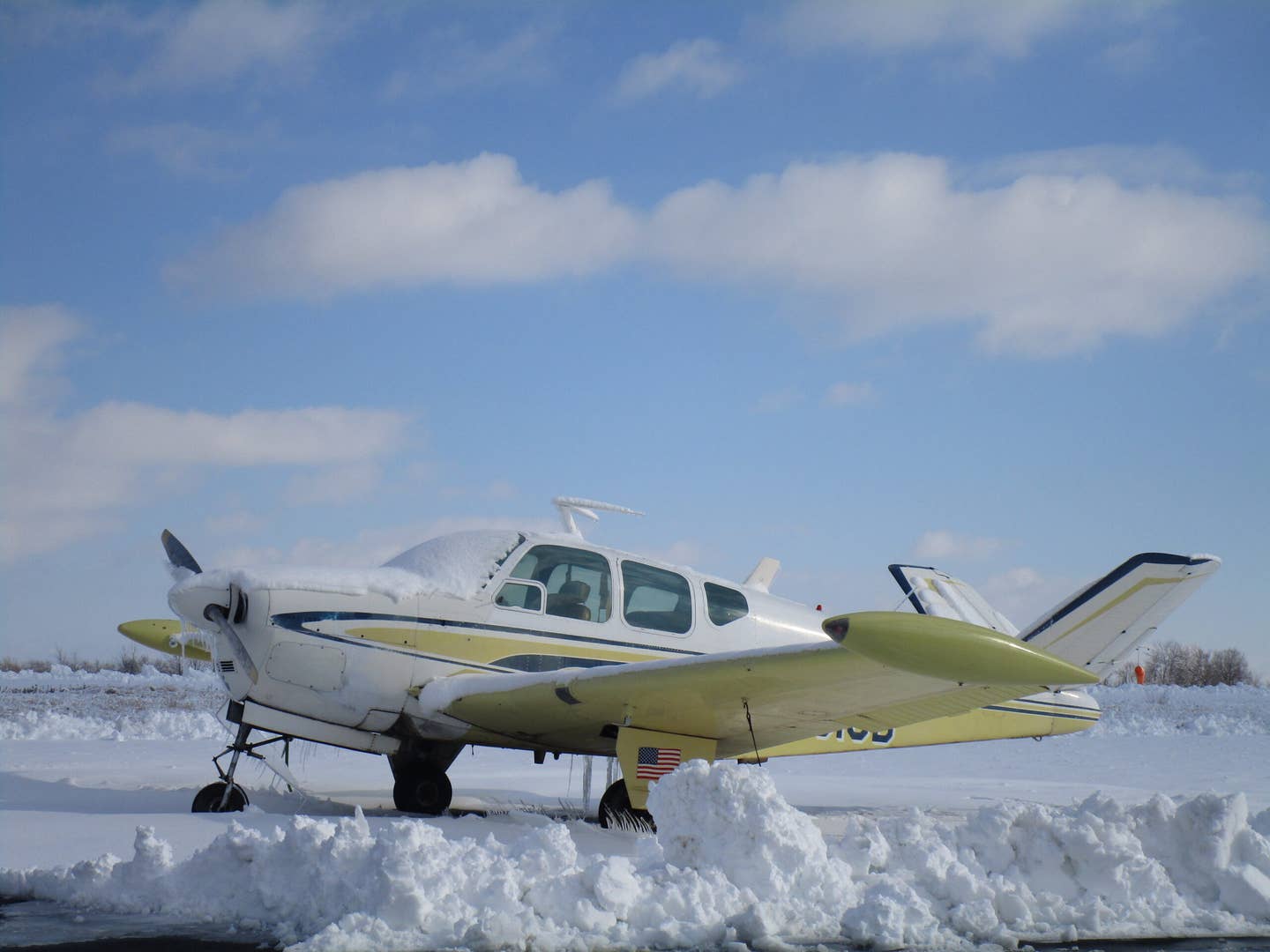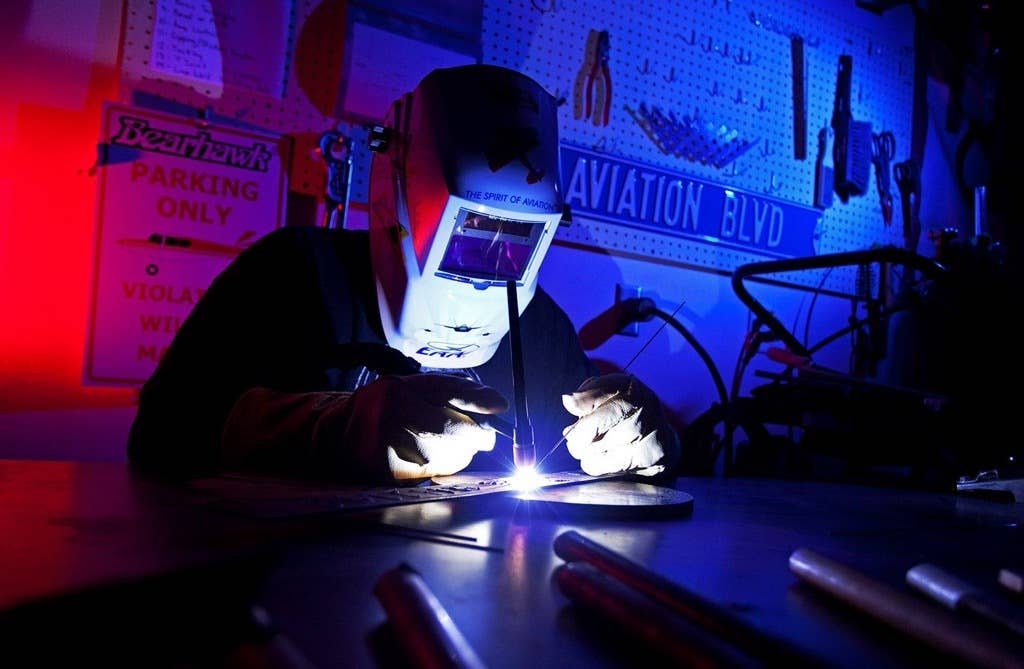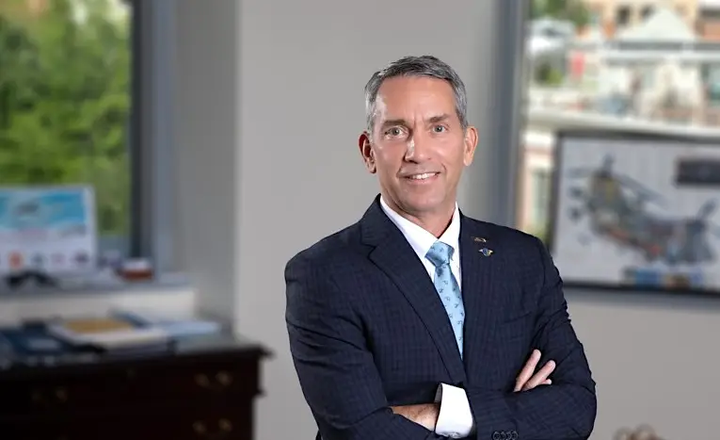The First Look at Pandemic Flying Safety
The FAA data, crunched by AOPA Air Safety Institute, shows pandemic trends that few were expecting

The year 2020 saw the lowest accident rate among small planes since such record keeping began, but that's only part of the story.
It takes time for the FAA to compile the data, so the year 2020, long in the rearview, is the latest year for which complete data exist. And the data give a fascinating look into how we flew in that first year of the coronavirus pandemic, this based on the Joseph T. Nall report published by the Aircraft Pilots and Owners Association (AOPA) Air Safety Institute.
As expected, the level of flying activity was lower than the year before, but higher than all but a few other years in history, so for the most part, GA pilots kept flying through the global health crisis. Based on FAA survey data, in 2019 GA pilots flew 25.5 million hours, a figure that dropped 3.1 million hours in the first year of the pandemic, a decrease of around 12%. That decline in flying activity, if you believe the FAA activity data, represents a much smaller drop in flying than many, us included, expected to see.
The even-better news was that safety was better, with a lower accident and fatal accident rate than ever before. There were still far too many accidents, 1,051 of them, and fatal accidents, 187, though those numbers represent incremental improvements over the previous year, any previous year, in fact, at least in terms of accident/fatal accident rates. Why that's the case is a subject for speculation. Our guess is that the aircraft that kept flying were operated at least to some degree by more experienced pilots flying more reliable aircraft. Again, that's a best guess.
The kinds of crashes that make the record and the degree to which they show up in accident reports are familiar, with loss-of-control crashes being the most common, but with flight into instrument weather and landing accidents being big contributors to the accident tally.
Another takeaway that's not news but that is also seldom reported upon: Having a lot of experience and advanced ratings is no guarantee of safety. While Private pilots are involved in a higher percentage of all kinds of accidents than Instrument rated pilots or those with Commercial or Airline Transport Pilot certificates, those presumably with more experience are involved in a significant percentage of all crashes.
The AOPA'S Air Safety Foundation's annual Joseph T. Nall report takes that data and breaks it down brilliantly, and that work is the best jumping-off point in helping analysts determine where safety breaks down. That improved understanding helps drive changes and improvements in messaging, training standards and instructional focus. The full report can be found here.

Subscribe to Our Newsletter
Get the latest Plane & Pilot Magazine stories delivered directly to your inbox






